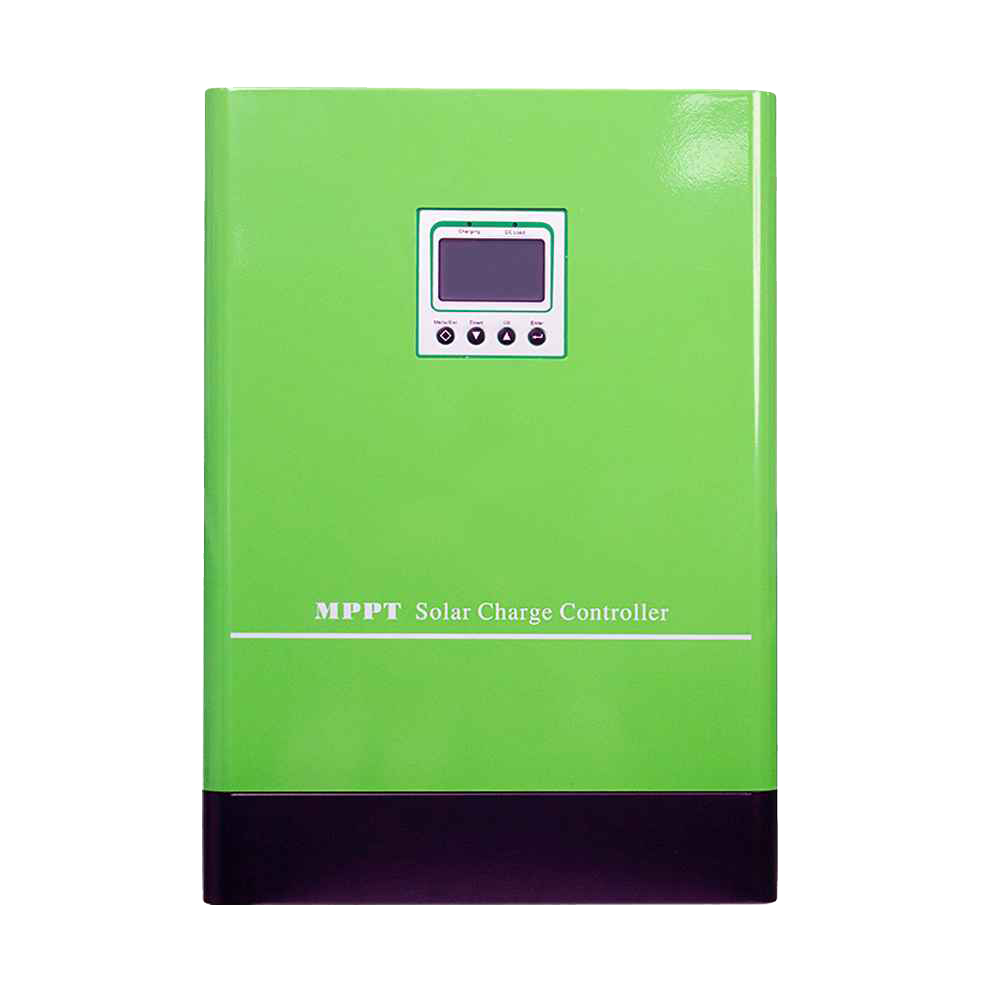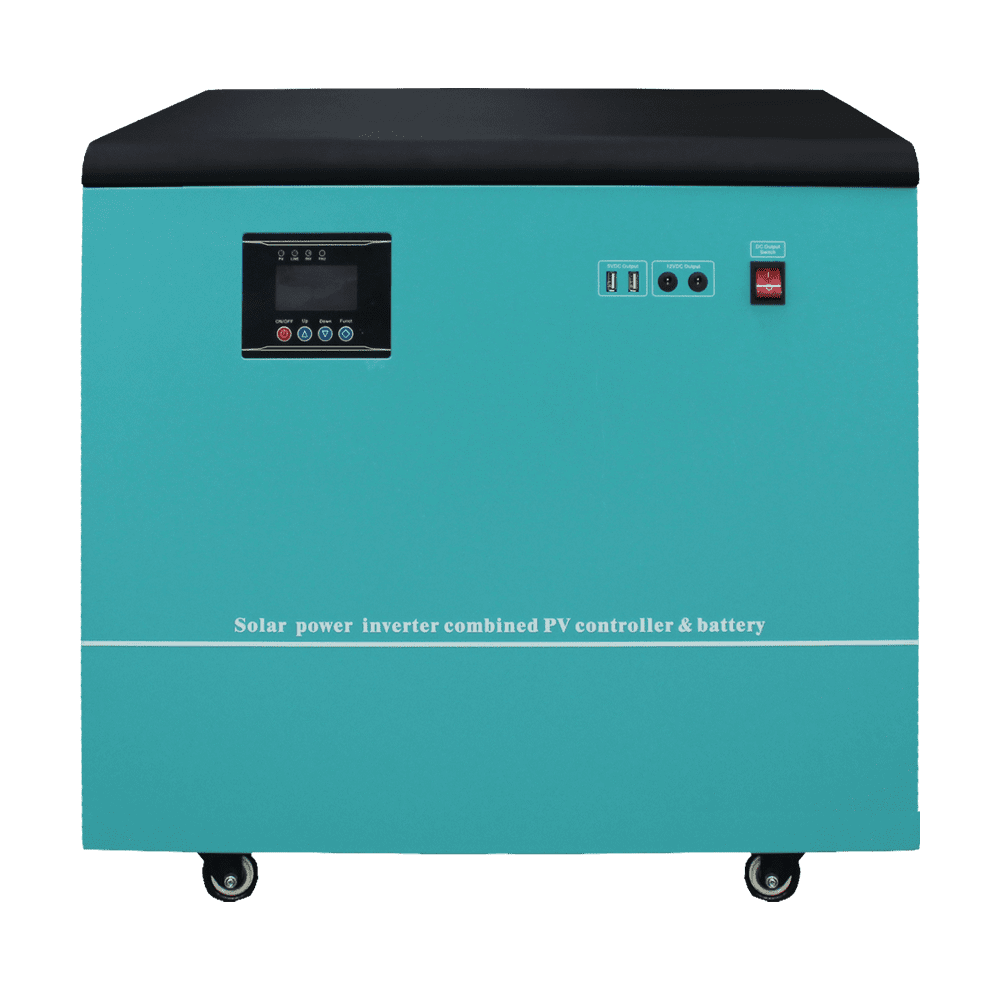Solar power has grown in popularity as an environmentally benign and sustainable source of electricity in the field of renewable energy. As technology advances, so do the instruments and gadgets meant to capture and use solar energy. One crucial component in a solar power system is the inverter, which converts direct current (DC) generated by solar panels into alternating current (AC) usable for household appliances. In the market, you'll find both grid-tied inverters and solar hybrid inverters, each with its unique features and applications. In this article, we will explore more about the differences between these two types of inverters.
Grid-Tied Inverter
A grid-tied inverter is one that is connected to the electrical grid. The output of this type of inverter is synchronized with the utility grid, allowing surplus energy generated by solar panels to be sent back into the grid. This process is known as net metering, and it allows homeowners to earn credits for the surplus electricity they contribute. Grid-tied inverters are efficient and cost-effective but come with a limitation that they are dependent on the grid and cannot supply power during grid outages.
Solar Hybrid Inverter
A solar hybrid inverter, on the other hand, is a flexible solution that incorporates the features of both grid-tied and off-grid inverters. Solar hybrid inverters can store excess energy in batteries for later use in addition to converting DC to AC for immediate usage and grid involvement. This means that in the event of a power outage or during periods of low sunlight, the solar hybrid inverter can draw on the stored energy to power the household. This feature is particularly advantageous for areas with unreliable grid infrastructure or frequent power outages.

Key Differences Between Them
Here are some major differences between them:
Energy Independence
Grid-Tied Inverter: The primary function of a grid-tied inverter is to optimize energy consumption by synchronizing with the grid. While it contributes to energy efficiency and can lead to lower electricity costs, its operation is dependent on the grid. This implies that if the grid goes down, the system stops working.
Solar Hybrid Inverter: One of the standout features of solar hybrid inverters is their ability to operate independently of the grid. These inverters enable a continuous power supply during grid outages by including battery storage, providing a level of energy independence that can be critical in places with unstable grid infrastructure.

Battery Storage And Backup
Grid-Tied Inverter: Typically, grid-tied inverters do not include a battery storage system. This means that surplus energy generated during the day cannot be stored for use during the night or in the event of a power outage. As a result, during periods of low sunlight or grid breakdown, these systems are unable to offer backup power.
Solar Hybrid Inverter: Solar hybrid inverters stand out for their capacity to store extra energy in batteries. This function not only allows for self-consumption during periods of low solar output but also serves as a stable backup power supply during grid disruptions. Homeowners can draw on the stored energy to power essential appliances and maintain basic functionality.
Adaptability To Grid Conditions
Grid-Tied Inverter: As the name suggests, grid-tied inverters are designed to work seamlessly with the grid. While this makes them a good choice in locations with a stable electrical system, it might be a problem in areas with frequent power fluctuations or outages.
Solar Hybrid Inverter: Solar hybrid inverters are more adaptable to varying grid conditions. Their ability to switch to battery power during outages ensures a consistent energy supply, offering peace of mind to homeowners in areas prone to power disruptions.

Hybrid MPPT Solar Inverter For Household
Cost Considerations
Grid-Tied Inverter: Generally, grid-tied inverters are more cost-effective upfront due to their simpler design and the absence of battery storage. The return on investment is frequently apparent in lower electricity bills as a result of net metering.
Solar Hybrid Inverter: The initial investment for a solar hybrid inverter is higher due to the inclusion of batteries. However, the long-term benefits, especially in terms of energy independence and backup power, can outweigh the initial costs. Furthermore, some areas provide incentives or subsidies for solar and energy storage systems.
Environmental Impact
Grid-Tied Inverter: While grid-tied inverters contribute to a reduction in overall energy consumption and reliance on fossil fuels, they are still tied to the grid, which may derive power from non-renewable sources.
Solar Hybrid Inverter: Solar hybrid inverters, coupled with solar panels, offer a more sustainable and environmentally friendly solution. The capacity to store and use solar-generated electricity even when the grid is down supports a more environmentally friendly and resilient energy infrastructure.
Conclusion
Choosing between a grid-tied inverter and a solar hybrid inverter depends on various factors, including local grid reliability, electricity costs, and the desire for energy independence. SNADI, as a renowned solar power system equipment supplier, specializes in producing off-grid solar inverters, Solar charge controller, Solar power generator, PV combiner box. If you are looking for a solar hybrid inverter, please contact us for more product details!














